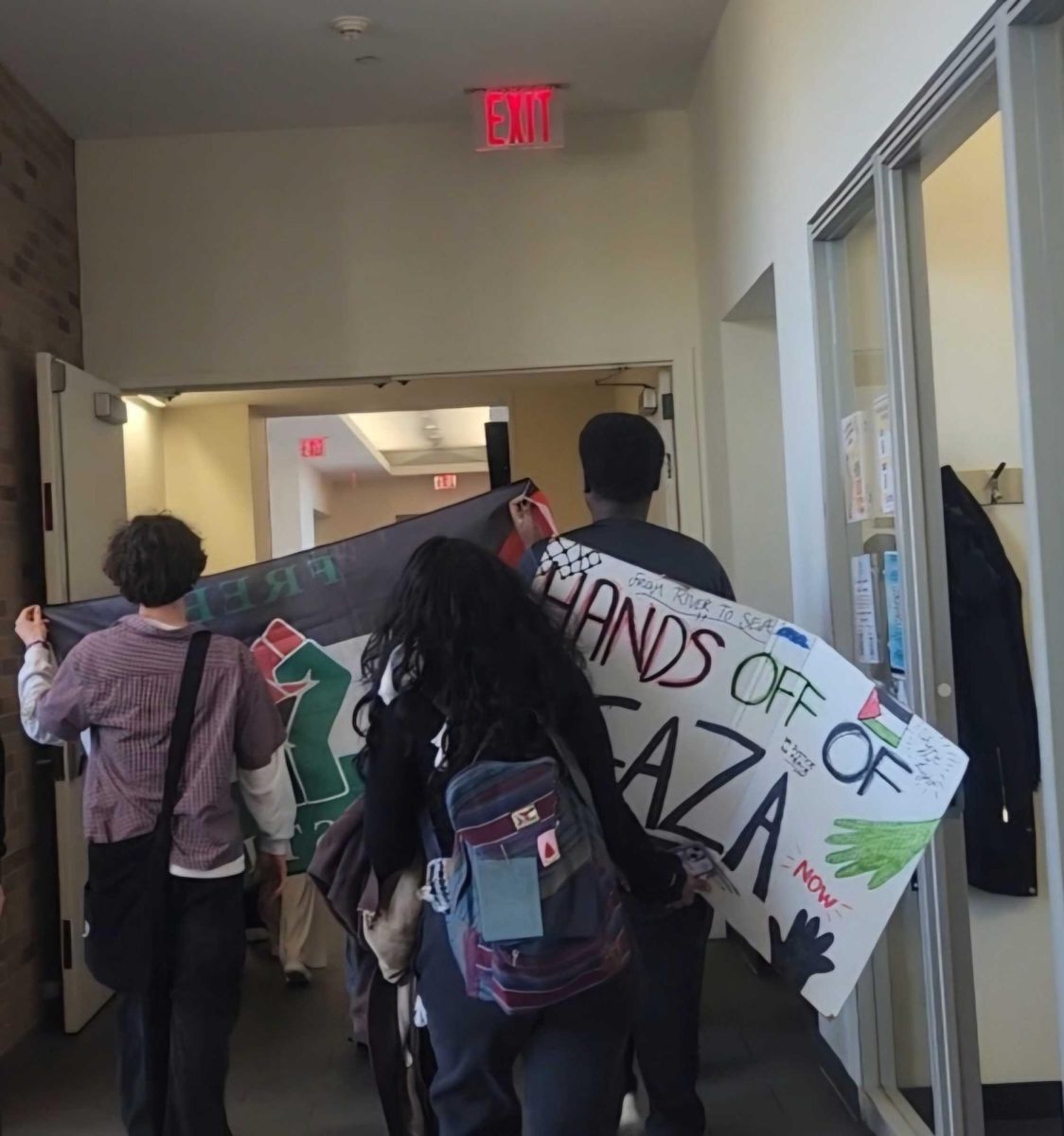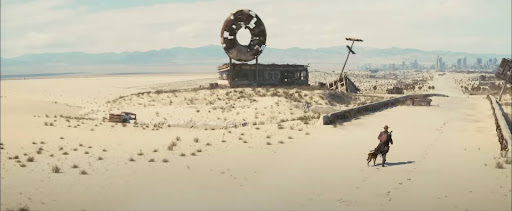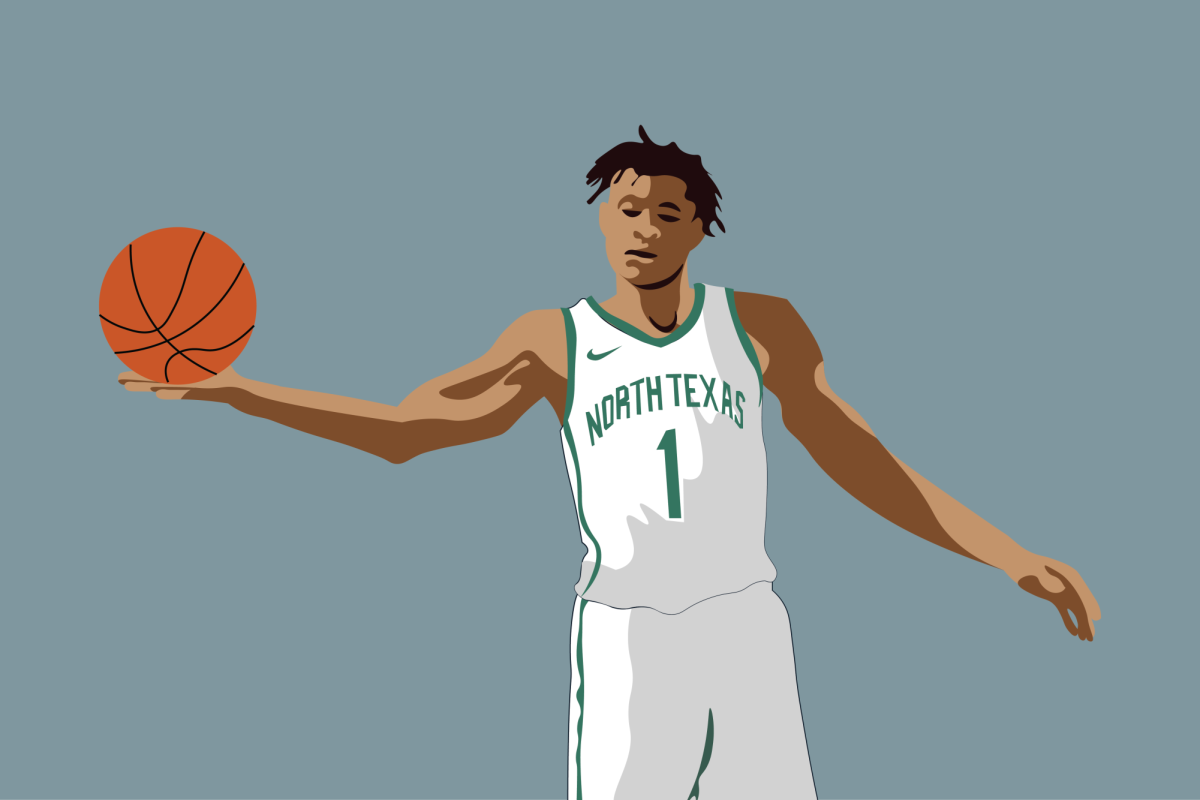On Wednesday, March 9, Captain America, protector of liberty and justice for all, was killed off by Marvel writers. The poignant image of Captain America, clad in red, white, and blue, shot through the back, chest and belly, was enough to make even the comic book illiterate pause and contemplate. He was, admittedly, the poster child of propaganda, but in these times of political upheaval, and in the struggles of war, the fall of a superhero by mortal means came as a shock.
Captain America was created by Joe Simon and Jack Kirby in 1941. His alter ego, Steve Rogers, was born on July 4, 1917, in the Lower East Side of New York City. His parents Joseph and Sarah Rogers were Irish immigrants. When the nation was first introduced to their very own comic book hero in 1941, he was but a young and scrawny art student. Despite his lean physique, Rogers nevertheless attempted to enlist in the military after the rise of the Third Reich. In a last ditch effort to join the American forces, Rogers became the first test subject for a Super-Soldier serum, and Captain America was born.
He may not have been the most popular superheroes as of late, but he touted a few significant claims to fame. For starters, he had the patriotic pluckiness to punch Hitler in the face. His weapon of choice was an indestructible vibranium shield that was given to him by Franklin Delano Roosevelt. He befriended and trained the first African-American superhero the Falcon.
Due to his brawn on the battlefield, he became an expert tactician and masterfully dabbled in boxing and the martial arts of jiu jitsu and judo. (The other skilled fighters in the Marvel comic book series regarded him as one of the best hand-to-hand combatants in the Marvel Universe.) The man was frozen in a glacier for several years and lived to tell, and continue, the tale. And he did all this in the interest of the American people. Try that one on for size, X-Men.
Ultimately, Captain America was every man’s superhero. He was, unfortunately, all too human, and it led to his downfall. In his final adventures of Marvel’s “Civil War” miniseries, the Cap’n led an underground revolt against the Superhuman Registration (Patriot Act, anyone?) which required all superheroes to register with the federal government. Conflicted by the issue of private and individual rights versus national security, he surrenders and is put on trial. The steps of the courthouse are where his story tragically ends by sniper fire. Maybe the news of his death was not greeted by nation-wide shock and awe. But one must admit, there is something deeply symbolic in the fall of this fictional and national hero.
“It’s really a shame,” said Marvel Comics’ former chairman and writer Stan Lee in an interview with Newsweek. “He was a great guy and certainly America could use a man like that right now.”

















